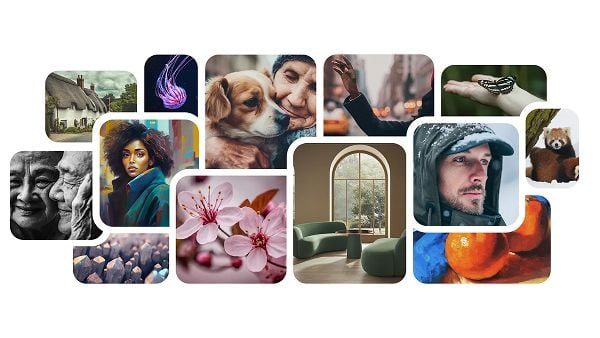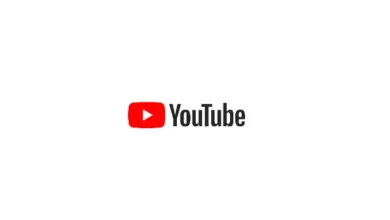Google Rolls Out Image Creation Within its Bard Chatbot, Updated Visual Generation Models

Yeah, I’m not sure about Google’s various names for its generative AI products.
To clarify:
- Bard is Google’s generative AI chatbot, much like ChatGPT
- Gemini is Google’s large language model (LLM) group, like GPT
- Imagen is Google’s AI image generation system
All clear?
Okay, then this paragraph from Google should now make more sense.
“Last December, we brought Gemini Pro into Bard in English, giving Bard more advanced understanding, reasoning, summarizing and coding abilities. Today Gemini Pro in Bard will be available in over 40 languages and more than 230 countries and territories, so more people can collaborate with this faster, more capable version of Bard.”
I’m guessing that for most people, without the preceding context, the above explanation would have been somewhat bewildering, but basically, Google’s now making its Bard chatbot more powerful, with advanced AI models powering its responses, while it’s also adding image generation capability within Bard itself, powered by Imagen.

Google has taken a cautious approach with generative AI development, and has criticized others for pushing too hard, too fast, with their generative AI tools. Some have viewed this as anti-competitive bias, and Google simply protecting its turf, as more people turn to tools like ChatGPT for search queries. But Google’s view is that generative AI needs to be deployed slowly in order to mitigate misuse, which has already led to various issues in a regulatory sense.
But today, Google‘s taking the next steps with several of its generative AI tools, with Bard, as noted, getting improved system thinking and image creation, Google Maps now getting new conversational queries, powered by AI, to facilitate place discovery, and Imagen 2, the next stage of its visual creation system, also being rolled out within its image-generation tools.

As explained by Google:
“Imagen 2 has been trained on higher-quality, image-description pairings and generates more detailed images that are better aligned with the semantics of people’s language prompts. It’s more accurate than our previous system at processing details, and it’s more capable at capturing nuance – delivering more photorealistic images across a range of styles and use cases.”
That’ll provide more opportunity to create better visuals within Google’s systems, which will also be created with various safeguards in place, in order to limit “problematic outputs like violent, offensive, or sexually explicit content”.
“All images generated with Imagen 2 in our consumer products will be marked by SynthID, a tool developed by Google DeepMind, that adds a digital watermark directly into the pixels of images we generate. SynthID watermarks are imperceptible to the human eye but detectable for identification.”
Given the recent controversy surrounding AI generated images of Taylor Swift, this is an important measure, and is one of several concerns that Google has repeatedly raised in the rapid rollout of AI tools, that we don’t yet have all the systems and processes in place to fully protect against this kind of misuse.
In this sense, Google’s AI generations could be safer, and more reliable in this respect, though OpenAI’s tools have clearly taken top billing as the AI tools of choice, at least within this initial push.
Still, Google is evolving its own offerings, and they could soon become even more valuable, depending on how its systems continue to develop. There are now a wide range of options for generative AI search and creation, but eventually, the market will refine, and the best performing tools will arise, taking the bigger market share.
Google’s hoping that its more cautious, measured approach will win out in the long run, while it also has more resources and capacity than most of its rivals.
And if Google can win out, it can also protect its core Search business, by ensuring that conversational AI doesn’t completely eat away its market. At least not quickly, which adds extra motivation for Google to maximize its AI tools over time.
Either way, some interesting tools to experiment with, which could fit better into your usage process.
Google says that Gemini Pro is now available in Bard, while Imagen 2 is now available across Bard, ImageFX, SGE, and Vertex AI. Google’s generative AI guides in Maps will begin testing with U.S. users from this week.
Source link




